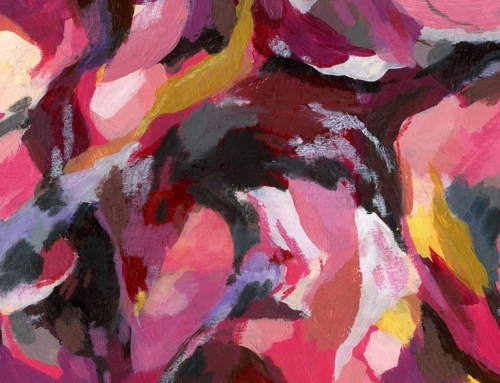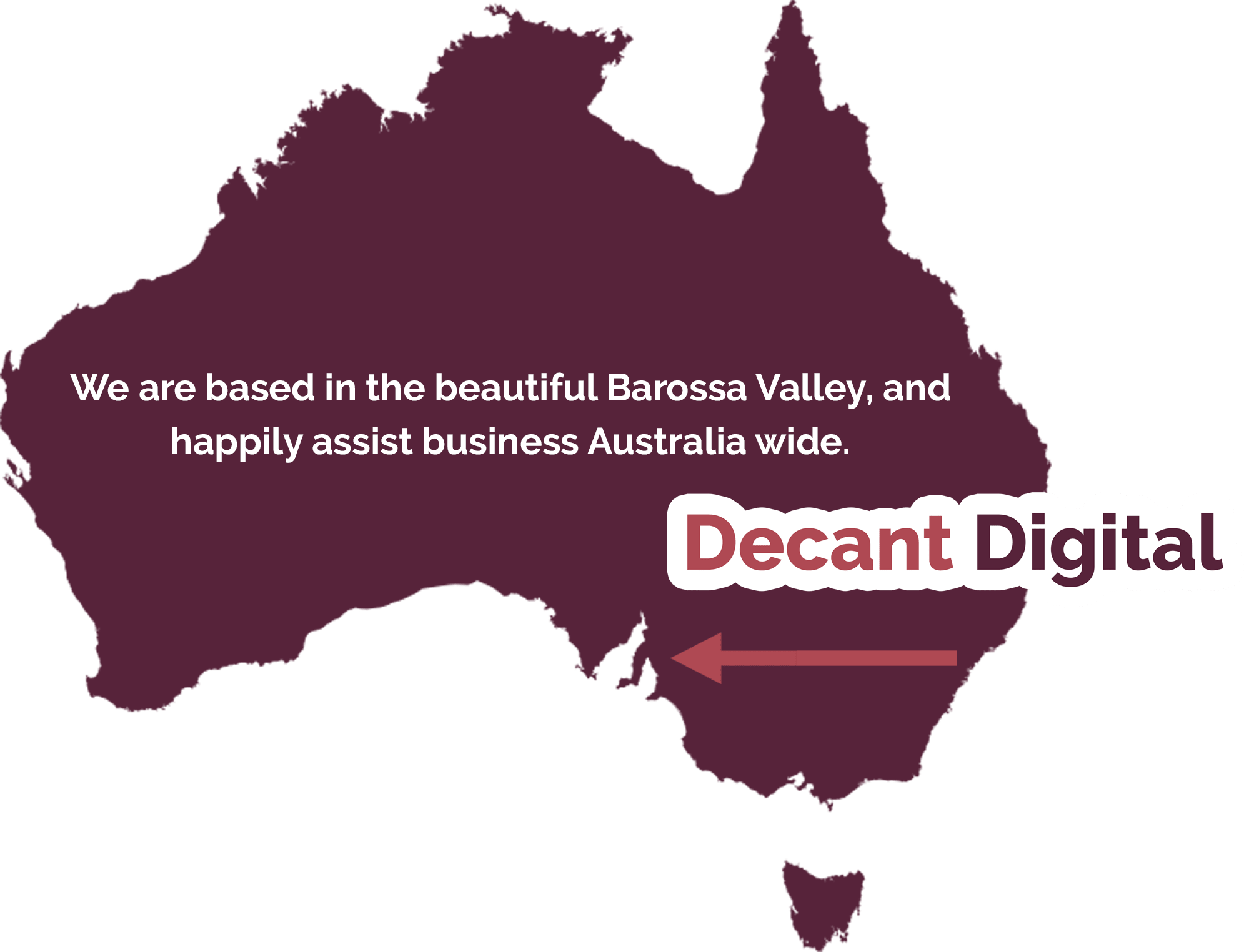By now you’ve heard the term user generated content (UGC) and if not, it’s probably best if you acquaint yourself real quick.
User generated content is loosely defined as digital content produced and shared by end-users in the online world.
In the context we’re talking here – think of it simply as content about your business, created by your customer and may include:
- Images
- Videos
- Comments
- Blogs
- Reviews
And it’s a hot topic right at the moment!
Mainly as we are realising that social media is a hungry beast, and we as tourism business owners or marketers can’t continually create quality content ourselves to keep it satisfied. We have to look elsewhere for content and where better than to the people who love our business – our customers!
More and more, we’re seeing the effectiveness of stories shared by real people. According to Nielson, earned media (and this comprises user generated content) is believed to be far more trustworthy than any other form of media.
User generated content is widely agreed to trigger the path to purchase and its been proven again and again that consumers trust their friends over brands.
So, by firstly recognizing consumer contributions and incorporating user generated content into our digital marketing strategy, not only are we getting our customers to do some of the heavy lifting for us, but we are also able to identify, nurture and grow brand advocates.
Isn’t that the essence of why we use social media in the first place?
Think of it as simply another form of social proof.
There probably is a wealth of remarkable content about your business already online. So it’s time to get savvy and learn what it takes legally and ethically to employ that unique user generated content to help spread brand awareness beyond each individual customers’ social media influence.
Did you note the legally and ethically?
You can’t just grab brand relevant user generated content and re-purpose for your own means.
The online world is dominated by some pretty complex copyright laws. So take a moment and read through commonly agreed do’s and don’ts that will assist you with your tourism or hospitality content marketing strategy.
1. DO Create & Use a unique Brand Hashtag
Hashtags have moved beyond their original purpose of optimizing search capabilities and have become a unique online language. However, from a brand marketing perspective, they are still most effectively used as a way to track and then participate in discussions on social media (read more here on this topic especially about the effectiveness of hashtags in promoting food and wine events).
By creating a unique brand hashtag you can search out, follow and join in these conversations with customers.
Tip:
Do advise users that if they use specific brand hashtags they are giving you permission to repost that content on your social media business channels.
2. DO Create Visual Cues both Online and In-house
Give your customers visual cues on what social channels they may find you and secondly encourage them to post their experiences on their preferred social networks by using your unique brand or campaign hashtag.

Social savvy businesses offer visual cues to customers on how to engage (sourced from the Barossa Valley Cheese Co store in Angaston, SA)
3. DO Ask Permission
It’s a commonly held misconception that if a photo is posted on social media, it’s free to use.
So NOT true!
Thanks to copyright law, the photographer/content creator still retains the legal rights to these images – yes, even if posted using your unique brand or campaign hashtag.
I personally like to err on the side of caution and reach out and ask for use of any user generated content even when a brand specific hashtag has been used (for small campaigns of course – it would be impossible to do this for a huge campaign such as #RestaurantAustralia).
This tactic creates a rapport with the content creator and they usually jump at the opportunity for their content to be reposted/shared by a brand they love.
TIP:
When you do reach out, be clear who the brand is you’re representing and how the content is to be used.
4. Do Give Credit
I can’t believe this needs to be said, but it seems it does – publicly recognize from who you sourced the content. Even though you’ve asked consumers to share their brand relevant content via a hashtag or such, you still have to credit them.
Social media networks such as Facebook and Twitter make attribution easy with tagging, sharing and retweet options.
TIP:
Where ever you’ve re-purposed user generated content – thank the contributor via either sharing directly from their original post, tagging them or if cross promoting from one social network to another, advise what social network and the @tag (address) of the person it was sourced.
5. Don’t Change the Content
If you change the content, for example by putting text over the image, you’re effectively using it as an advertisement. This brings up a whole other area of copyright issues.
6. Don’t Use Outside the Context it was Intended
Unless you have written approval to do so (a tweet or facebook reply DOES NOT count) and you’ve paid for the material, you cannot use content for other purposes than posting on your social media channels.
This means, no you can’t use it in print material, tv advertisements, online advertisements – and no it cannot be used in social media advertisements!
TIP:
If you do wish to use a user generated image in your advertising – buy it. Pay the creator a licensing fee as traditional ad creative guidelines apply here.
6. DO Use Common Sense
Use common sense when re-purposing user generated content. Remember these are other people’s thoughts and experiences in relation to your business, so respect the content and user. These are your customers and they’re powerful influencers.
You are no longer in the driving seat on this. Your customers are sharing their experiences and content all over social media. So incorporate user generated content in your marketing strategy as it’s one of the best ways to produce genuine, authentic content for your social media channels.









Leave A Comment